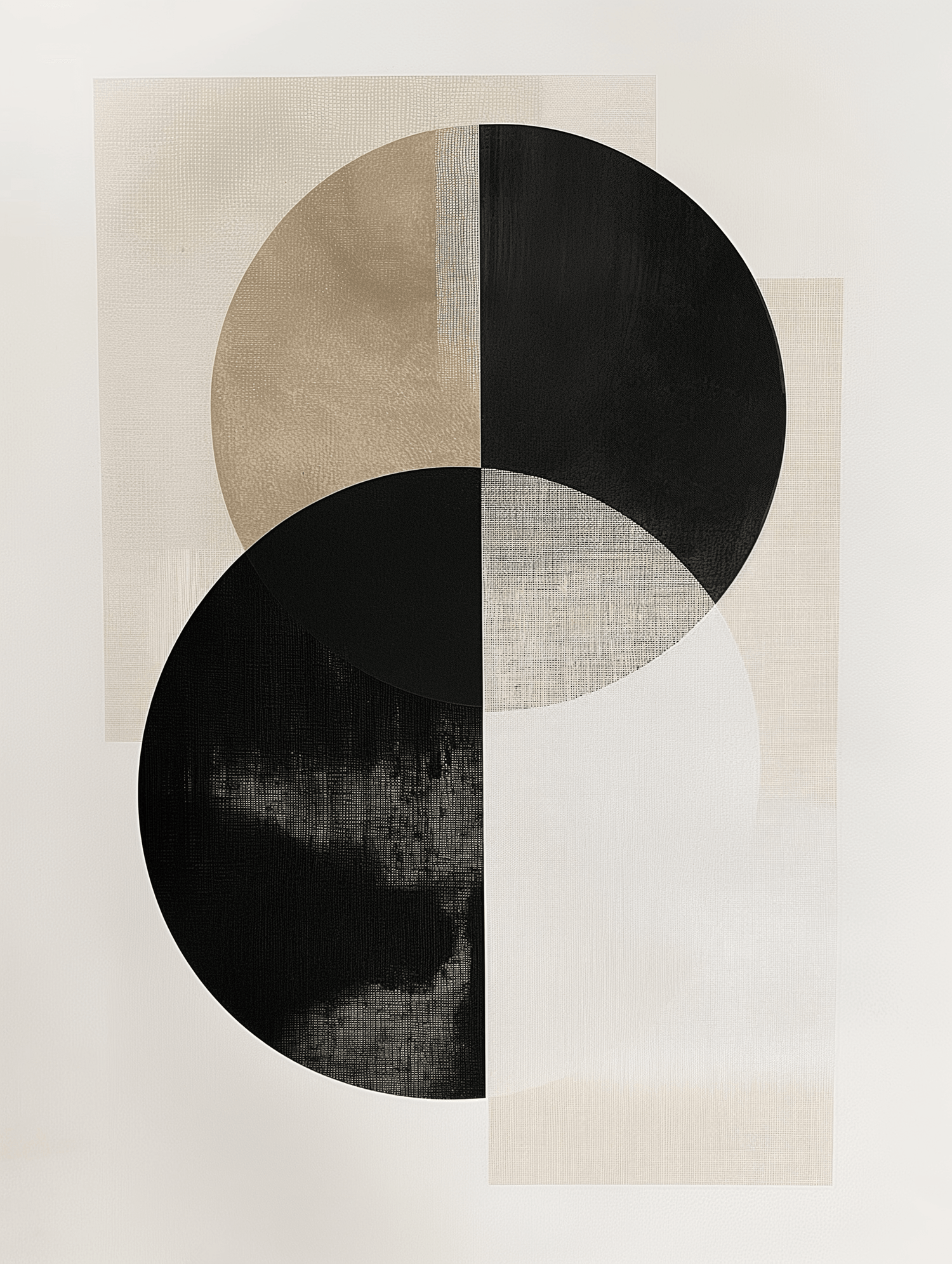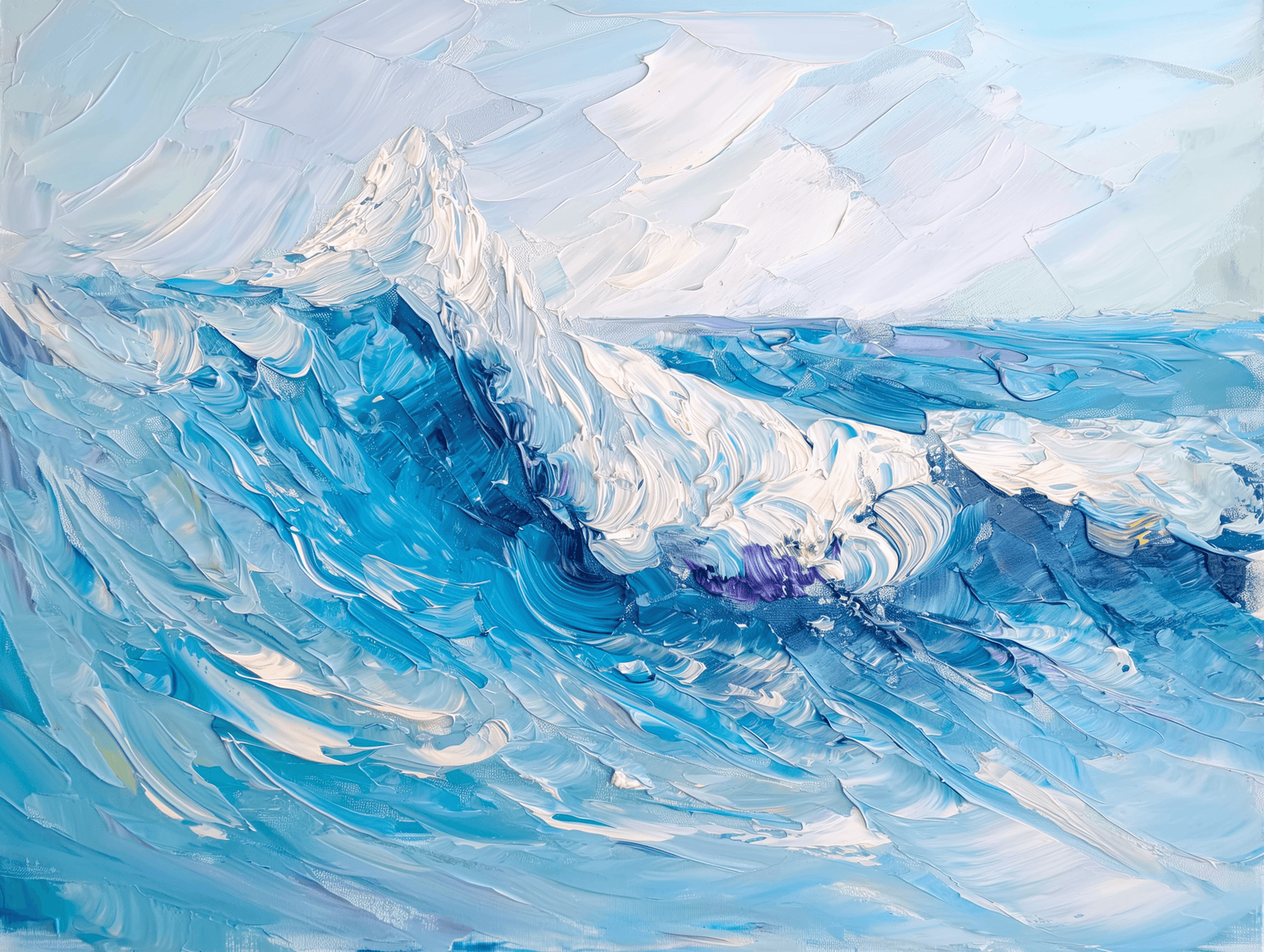
John Everett Millais is a key figure in Victorian art and a founder of the Pre-Raphaelite Brotherhood , a movement that revolutionised English painting in the 19th century. His works are renowned for their precision of detail, realistic rendering and emotional intensity.
With this article we explore his artistic production, some curiosities about his life and the way in which Materico.it does justice to his visual language.
Who was John Everett Millais
Born in Southampton in 1829, Millais was a precocious talent: at just 11 he entered the Royal Academy in London, the youngest artist ever to do so. In 1848 he founded, together with Dante Gabriel Rossetti and William Holman Hunt, the Pre-Raphaelite Brotherhood , with the aim of recovering the purity and attention to detail of the artists before Raphael.
His style combined an extraordinary realistic technique with a poetic symbolic vision, often inspired by literature, nature and spirituality.
Millais's most famous works
1. Ophelia (1851–52)

Perhaps his most famous work, it depicts the Shakespearean character immersed in water, in a state of lyrical and tragic abandon. The level of botanical detail is extraordinary, and the face of the actress Elizabeth Siddal has become iconic.
2. Christ in the house of his parents (1850)

A painting that caused a sensation for its realistic representation of a sacred scene, with the Holy Family set in a rustic carpentry shop. The level of humanity and visual truth was as high as it was controversial.
3. The Blind Girl (1856)

A work that touches on themes of marginalization and spirituality, showing two sisters - one blind - sitting in a vibrant landscape. The luminous and atmospheric rendering is poignant and masterful.
4. Autumn (Leaves) (1856)
Famous for his poetic and nostalgic composition, he portrays children collecting autumn leaves. It is a reflection on time, transience and memory.
Millais's style: precision, poetry and spirituality

Millais took the Pre-Raphaelite technique to a very high level, with a maniacal realism in the details, especially in the rendering of nature, fabrics and faces. But what made him truly unique was the ability to combine symbolism with real life, evoking deep emotions and underlying stories in every scene.
In the last years of his life, he turned towards a more accessible and conventional style, becoming one of the most sought-after portraitists of British high society.
Curiosities about Millais
1. A prodigy of art
Millais was a true child prodigy: already at the age of 4 he showed extraordinary talent in drawing. At 11 he was admitted to the Royal Academy School, an unprecedented event.
2. Model immersed in cold water
To pose as Ophelia, Elizabeth Siddal was immersed for hours in a tub of cold water. She became seriously ill after that session, and Millais was harshly criticized for his obsession with realism.
3. A literary love
He married Effie Gray, the former wife of art critic John Ruskin. Effie and Ruskin's marriage had never been consummated, and the affair was the subject of scandal and gossip in the Victorian era.
4. Loved by the Queen
In 1885 he was created a Baronet , one of the few British artists to have received this title directly from Queen Victoria, a testament to his fame and influence.
5. The Pre-Raphaelite Gone Mainstream
Although he founded a revolutionary movement, Millais eventually embraced a more academic style, becoming a mainstay of mainstream British art. This development was met with criticism from his early supporters, but brought him enormous success.
Conclusion
John Everett Millais combined minute detail with the intensity of visual storytelling. His works, beloved by critics and audiences alike, still speak to our aesthetic sense and humanity today.
Thanks to Materico.it, his masterpieces return to thrill in a new form, which exalts the matter and spirit of art.








